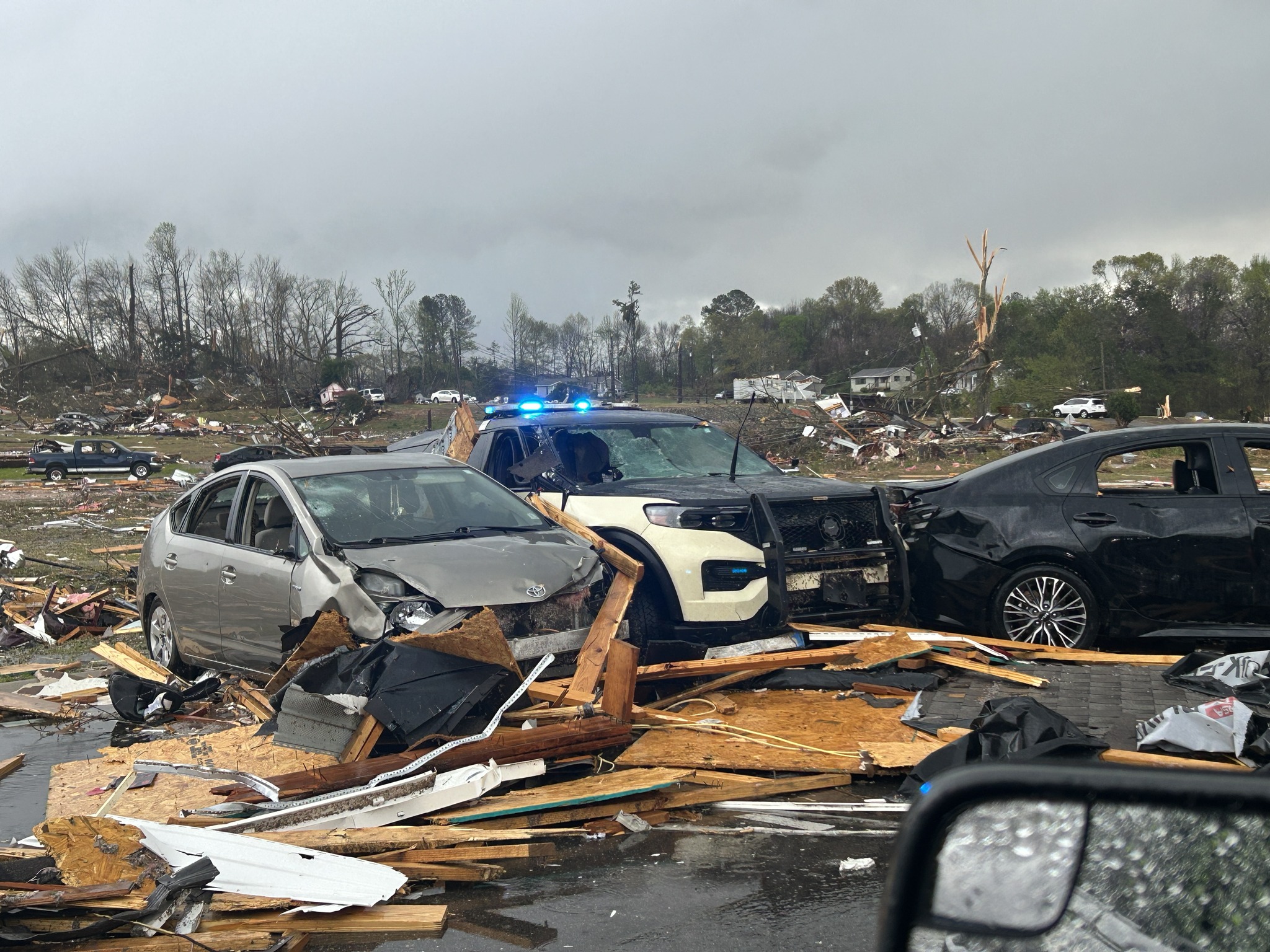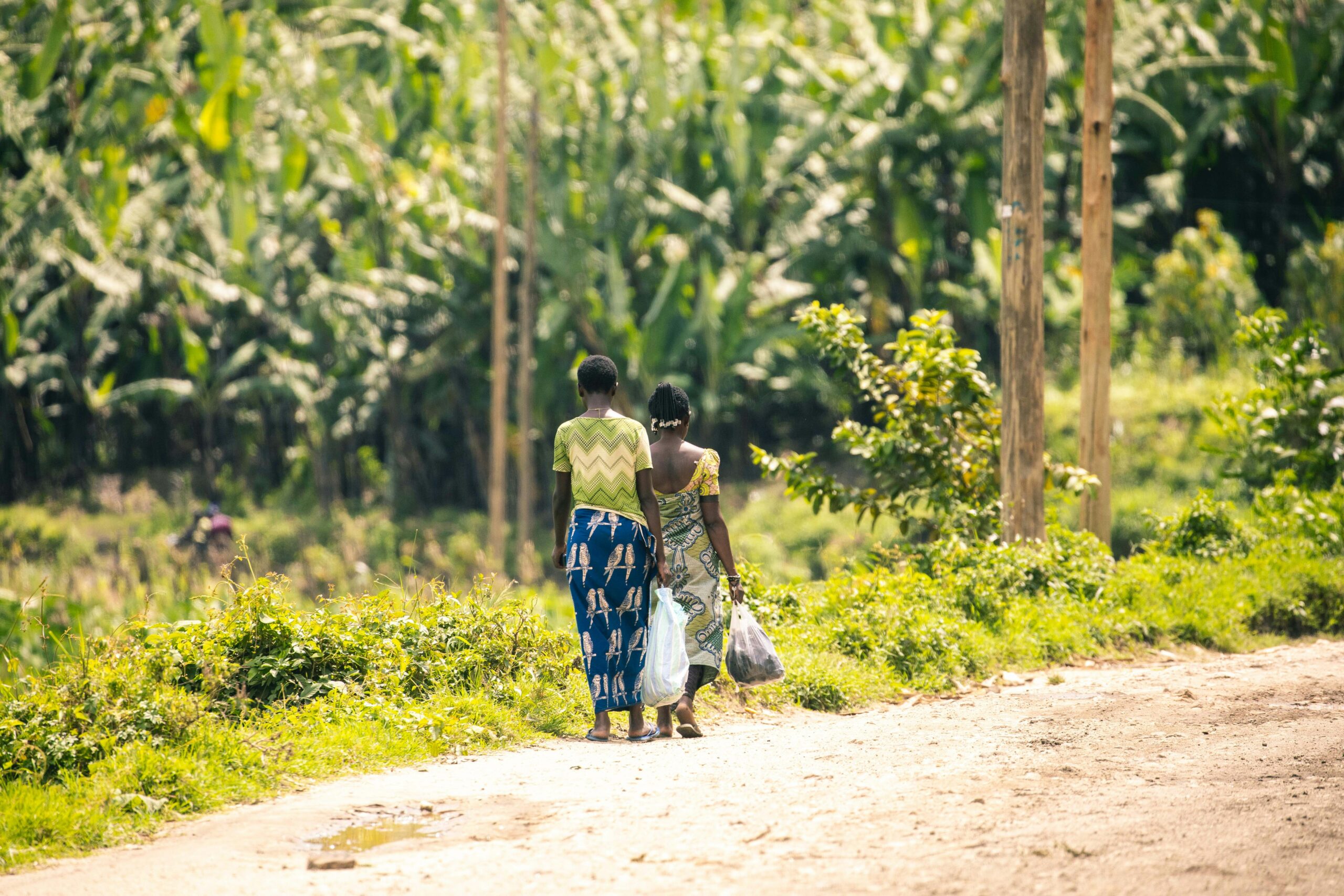What we’re watching: Weekly disaster update, April 7

We know all too well that disaster can strike anytime, anywhere in the world. Some disasters make headlines; others do not. Here at the Center for Disaster Philanthropy (CDP), we monitor the status of disasters worldwide and compile a list of the ones we’re tracking weekly, along with relevant disaster-related media coverage.
Here’s what we’re watching for the week of April 7, 2025.
New or Emerging Disasters
Storms and Flooding – Central U.S.: As predicted, a new round of storms in the first week of April added to the damage from late March. April 7 marked 13 consecutive days that saw millions of U.S. residents facing severe weather risks. In the most recent round of storm outbreaks, at least 20 people died after more than a foot of rain fell in some areas where the ground was already saturated, leading to high levels of flooding. This New York Times interactive article highlights the damage across the country.
More than 200 river gauges are expected to reach moderate or major flood stage this week, but rivers are not expected to crest until April 8 or 9. Since all water must flow south, flooding risks remain for communities downstream.
Between March 29 and April 6, at least 550 tornado warnings were issued, including five confirmed EF-3 tornadoes, which caused destruction in many states.
CNN reported: “The National Weather Service earlier this week warned of the possibility of “generational” flooding, stemming from a stagnation in the current weather pattern that’s caused a string of storms to repeatedly hit the same areas in the Central and Southern US.”
Many of these locations are also places where CDP has supported recovery over the past few years.
FEMA has approved emergency declarations in Tennessee, Kentucky and Arkansas. Unlike a major disaster declaration, an emergency declaration does not provide individual assistance.
Donations to support recovery can be made to CDP’s Disaster Recovery Fund, select “US Tornadoes and Severe Storms” from the dropdown menu.
Flooding – Democratic Republic of the Congo (DRC): The DRC’s capital city, Kinshasa, flooded on April 4, cutting off access to the airport and half the city. At least 33 people were killed, and hundreds remain trapped. The Ndjili River overtopped its banks on April 4, which led to flooding on April 5, submerging hundreds of buildings. Water rose to almost five feet in height, with much of the damage located in some of the poorest neighborhoods in Kinshasa. The DRC is home to one of the world’s worst humanitarian crises and will be the focus of CDP’s webinar this Thursday, April 10.
Flooding – Australia: Rain has finally stopped in Queensland, allowing residents in the Outback to begin the long recovery process. About 24 inches of rain fell in late March and early April, double the yearly average in some parts of the Outback. At least 150,000 head of livestock (cattle, sheep, horses and goats) were killed or are missing. While the rain had stopped as of April 3, the flooding is expected to last several weeks. Government support in Australia will assist with infrastructure, business (farms) and home repair.
Hurricanes – Atlantic Region: Colorado State University issued its long-range forecast for hurricane season, which runs from June 1 to November 30. The forecast calls for an above-average season with nine hurricanes and 17 named storms. It anticipates that four of the hurricanes may be Category 3 or above and it is likely that at least one of these will make “landfall along the continental United States coastline and in the Caribbean.”
Flooding – Northern Iran: Extensive flooding in Rudbar, Northern Iran, caused by heavy rain and riverine flooding, has damaged significant infrastructure, including communication, water pipelines and roads. Four cities and 30 villages experienced flooding, and mudslides blocked the Aliabad to Gilvan route.
Previous or Ongoing Disasters
Earthquake – Myanmar and Thailand: On March 28, a shallow, 7.7-magnitude earthquake struck Myanmar, causing damage that reached as far as Bangkok, Thailand. As of April 6, the death toll in Myanmar stands at 3,471, with hundreds of people still missing and some areas of the country still not accessible. Unseasonably warm temperatures (in the 98˚F range) plus unseasonable rains complicate recovery and enhance the risk for disease outbreaks. Tom Fletcher, the Under-Secretary-General for Humanitarian Affairs and Emergency Relief Coordinator (the UN’s top humanitarian aid role), said on X that “the world must rally behind the people of Myanmar.”
The United States has been criticized for its response, which was hindered by the shuttering of USAID programs and the layoffs of thousands of USAID staff. Three staff sent as an assessment team from the regional office in Thailand received layoff notices within hours of the quake. The Trump Administration has pledged $9 million and has stated its commitment to “help as much as we can…” Sarah Charles, who led international response activities for the United States, said that previously, the U.S. would provide $10-20 million in immediate funding after a disaster (along with 20-200 disaster workers to support response and conduct search and rescue).
Marco Rubio, the U.S. secretary of state, said, “We’re going to do our part. We already have people there. We’ll have more people there. We’ll help as much as we can [but] it’s not the easiest place to work… they have a military junta that doesn’t like us.”
Ice Storm – Canada and U.S.: The New England, Great Lakes and southern Canada clean-up continues following the massive ice storm on March 29-30. Nearly 52,000 customers in south-central Ontario and 42,000 customers in Michigan remained without power, some of whom are expected to be without power for weeks.
Measles Outbreak – U.S.: As of April 7, measles cases have been reported in four states: Texas, New Mexico, Kansas and Arizona.
Complex Humanitarian Emergencies – The Sahel
When a country experiences political conflict, climate shocks, famine, economic challenges or other conditions, it may suffer a complex humanitarian emergency (CHE). CDP maintains complete profiles on several CHEs. Every week, we highlight these and other CHEs hoping to build awareness and philanthropic response.
As of this month, funding shortfalls may force the World Food Programme (WFP) to suspend food and nutrition assistance for two million crisis-affected people in the Sahel. Millions of people are expected to face emergency levels of hunger during an agricultural lean season that’s arriving earlier than expected.
Key facts:
- Over 52 million people in Western Africa face acute food insecurity.
- Food insecurity in the region is driven by economic instability, conflict, massive forced displacement and climate disasters.
- Most people facing hunger are refugees and internally displaced people since they have left their livelihoods behind.
- Because the Sahel region is chronically underfunded and hunger levels continue to rise, humanitarian agencies must “take from the hungry to feed the starving.”
- Every dollar invested in nutrition yields up to $16 in economic returns.
- Almost two million children suffer from severe acute malnutrition.
The WFP urgently requests $620 million to continue supporting operations in this region for the next six months to avert a hunger crisis.
Join us this Thursday, April 10
Webinar: Complex humanitarian emergencies in 2025: The Democratic Republic of the Congo

What We’re Reading
- Trump’s ‘climate’ purge deleted a new extreme weather risk tool. We recreated it – The Guardian
- Losing ground: Six months after Helene, local governments still haven’t been paid – Smoky Mountain News
- Fundraising During Times of Disaster – First Day Podcast
- FEMA to Halt Billions in Grants for Disaster Protection, Internal Memo Says – Scientific American
- Get out of the way – Trumanitarian Podcast
A moment of hope… Two 100-year-old residents of the oldest zoo in America became parents to quadruplets recently, and more babies may be in the works, as not all eggs have hatched. These are the first Galápagos tortoise babies in the Philadelphia Zoo’s 150-year history. It’s the first time since 2019 that an AZA-accredited zoo hatched a clutch of Western Santa Cruz tortoises (the sub-species name). The mother is the oldest first-time Galápagos tortoise to give birth. The babies’ public debut will occur on the 93rd anniversary of Mommy’s arrival at the zoo. The male tortoise, Abrazzo, fathered five babies in 2011.
Galápagos tortoises are a critically endangered species. About 15,000 to 20,000 tortoises reside in the Galápagos Islands, near Ecuador, down from around a quarter of a million before human arrival.
